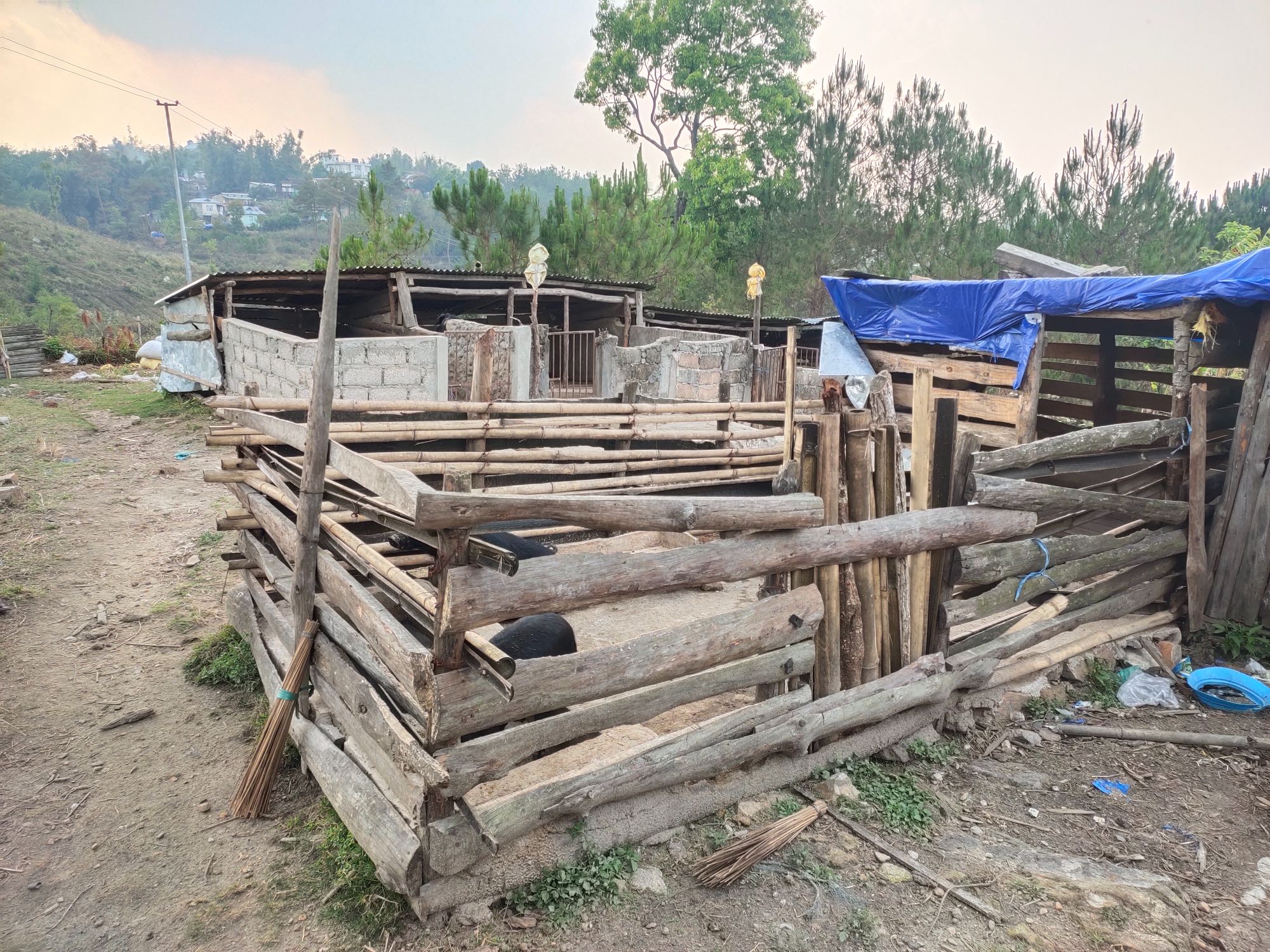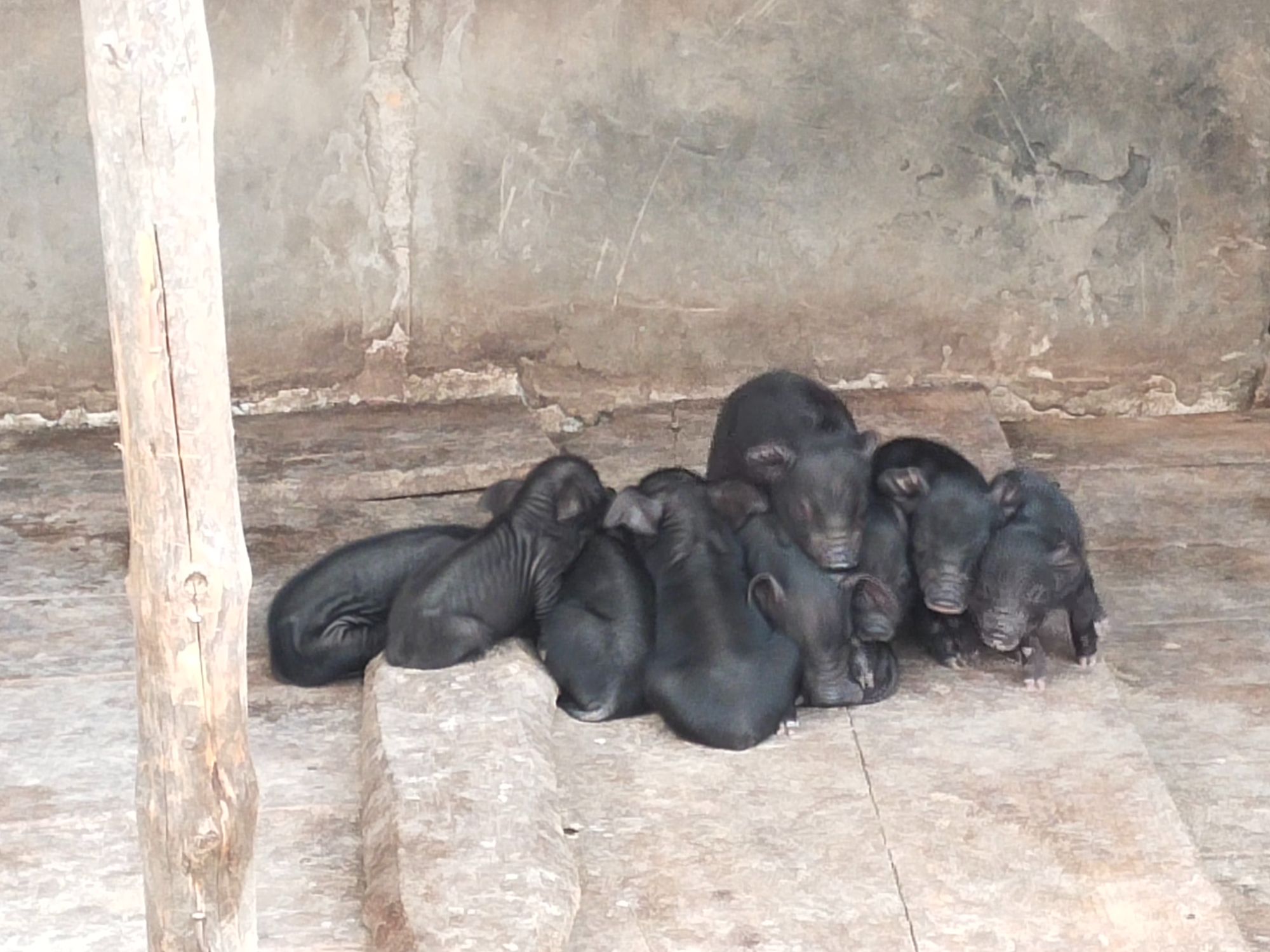Pig Farming: Case Study 2,3,4, Garo Hills Meghalaya
Pig Farming: Case Study 2,3,4, Garo Hills Meghalaya
| Main Info | ML/GH/VT/007, ML/GH/VT/008, ML/GH/VT/009: Pig Farming, Garo Hills Meghalaya |
| Name of the Technique | Pig Farming, Garo Hills Meghalaya |
| Source Publisher | Primary Survey, Garo Hills, Meghalaya |
| Source Year | 2023 |
| History Of The Technique | Three traditional knowledge holders from Garo hills has been practiced the same methods of rearing pigs. Some other pigs rearer also practice same methods of rearing. |
| Manufacturing technique | There was no structural pig shed as most of the pig farmer in Garo hills are kept in tethered and in open space. |
| Method of Preparation | The pig are fed by cooking cabbage leaves, yam leaves, rice and husk of rice twice or thrice in a day. Some of the common diseases are fever, paralysis, coughing etc. About 50-60% of Garo people adopted the traditional way of treating the disease such as me.ameseng (Fermented bamboo shoot),Tebe Fruits and Chambil (Citrus macroptera) mixed with food during feeding. |
| Material Composition | Feed- Chambil (Citrusmacroptera), Tebe plant, Cabbage Leaves, Yam Leaves, Rice and Husk of Rice |
| How to implement | The average body weight of local Pig is 40-45 kg and sold Rs350 per kg, maximum of 6-8 piglets produced from single pig. The gestation period of local pig is 6 months. |
| Source Publisher | Primary Survey, Garo Hills, Meghalaya |
| Source Year | 2023 |





